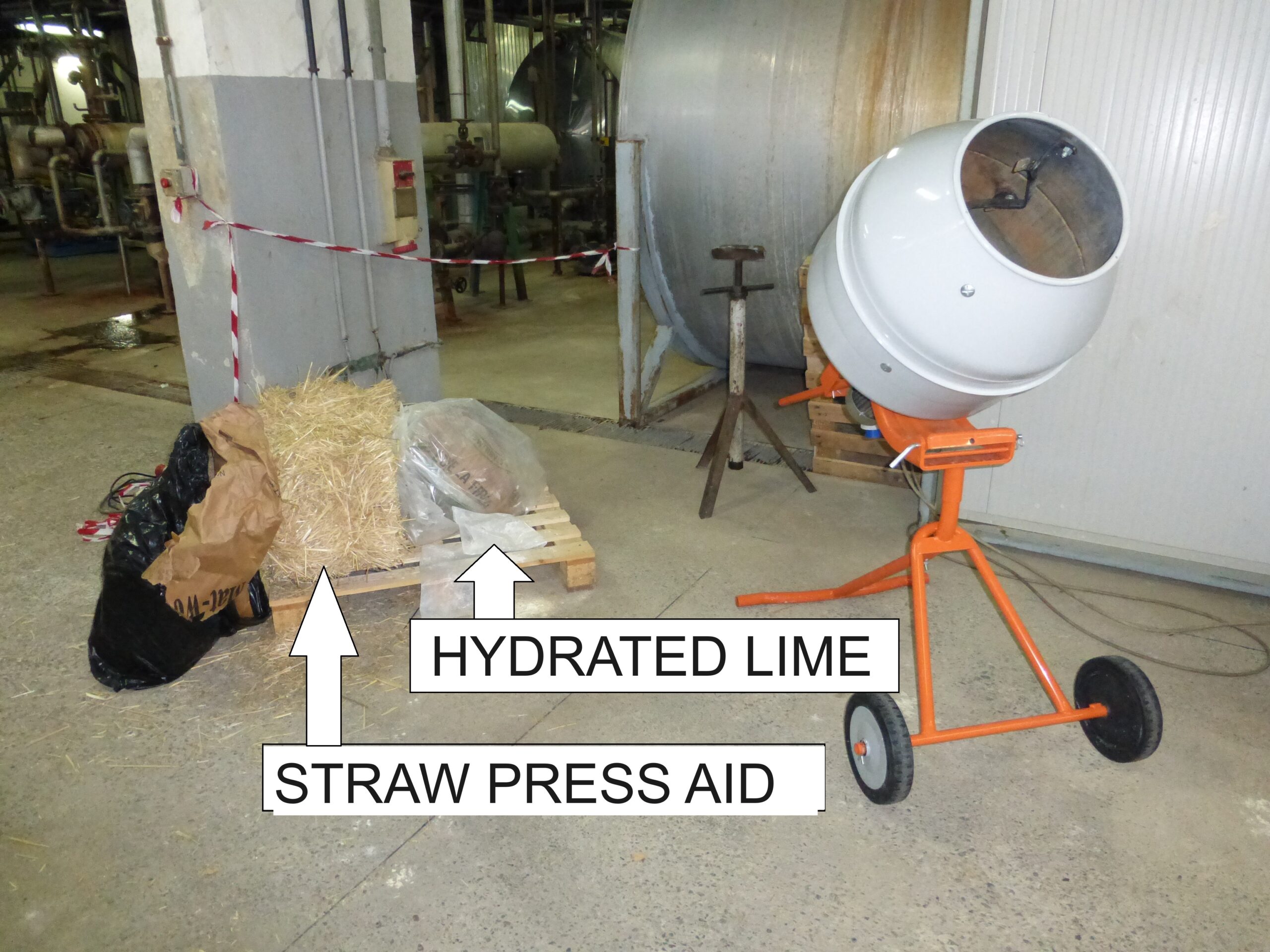June 10, 2024
Daniel Vincent was one of the first to patent, in 1940, a process for reducing the dryer energy required for converting plant waste into animal feed. He did this with orange peel. The key was to react the peel with hydrated lime ahead of a screw press operation. This broke down the organic cells, releasing free water. That allowed a screw press to remove a great deal of water, water which otherwise would have required burning fuel for evaporation in a dryer. Since that time all major citrus processes have used hydrated lime in the production of citrus pellets. From one standpoint, the big advantage of this is that the presence of hydrated lime in animal feeds is accepted worldwide. We are grandfathered in.
Over the years we have learned that the reaction with hydrated lime works on a number of food wastes: potato peel, pulp from freshly harvested coffee beans, strawberries, apple pomace, spent pectin peel, and a few others.
It does not work of most other food waste. The only way to find out is to run a test.
Frequently the Vincent CP-4 lab press is used in such testing.
To test, the first thing to do is to mix a little water with some hydrated lime, making it into a paste. The reason for this is that lime, Ca(OH)2, is an ionic compound, like salt. When mixed with water, ionic compounds dissociate into their ionic constituents. In our case, the hydrated lime dissociates into Ca2+ and OH- which makes the resulting solution basic. This is most likely the reason that you must make a paste for it to react. The ionic compounds are separated and able to give or receive electrons in a chemical reaction.
The next step is to react the sample material with the hydrated lime. This requires thoroughly mixing the lime into the sample. Usually we do this either (1) by mixing in a 5-gallon pail with a paint stirrer and hand-held electric drill, or (2) by mixing the sample in a small cement mixer. See the photo below.
Usually five to fifteen minutes of mixing are required. An interesting rule of thumb is that, for each change in temperature by 10°C, the time required for the reaction is either doubled or cut in half.
Typically between 1% to 4% lime, by weight, is required. However, we frequently go on the heavy side to facilitate the testing.
It is handy to measure the pH during the reaction process. The samples start on the acid side, with the pH below 7. With the addition of lime, the mixture goes to the basic side, over a pH of 7. When the reaction is complete, the pH should reach normal, 6.5 to 7.5 pH.
A change in color will probably be noted. (That was a key item in Vincent’s 1940 process patent.) Orange peel turns a wine color when the reaction is complete. You can see this three minutes into this video:
ORANGE PEEL TESTING live at: https://youtu.be/9PrHCLariw0
The testing will produce press cake which can be analyzed for nutritional value, protein content, and such.
It has become increasingly important to also test the press liquor for Brix. Cases are becoming more common where there is sufficient sugar in the press liquor to make it a feedstock suitable for a biogas digester.
Vincent’s interest is always focused on measuring the throughput capacity of the press. To do this, the operation must first be stabilized so that the air pressure on the discharge cone and the rpm of the screw are not changed. With that, the level of material in the inlet hopper of the press is held constant, and samples of press cake and press liquor are collected for five to ten minutes. The weight of these is used to calculate the throughput capacity. This, in turn, is used to select the size of the press required for the customer’s specified flow rate.
While there is no charge for running these trials at Vincent, there is an easy preliminary test which can be run. Simply put a sample in a plastic Baggie, and add a little bit of garden lime slurry. Massage the bag for a few minutes, then squeeze the bag. If a puddle of free water separates, you could have a winner.

ISSUE #354
